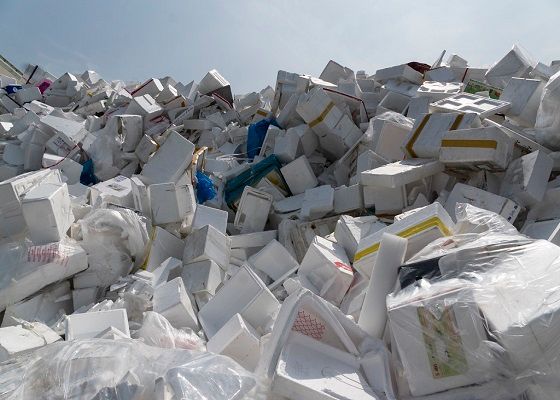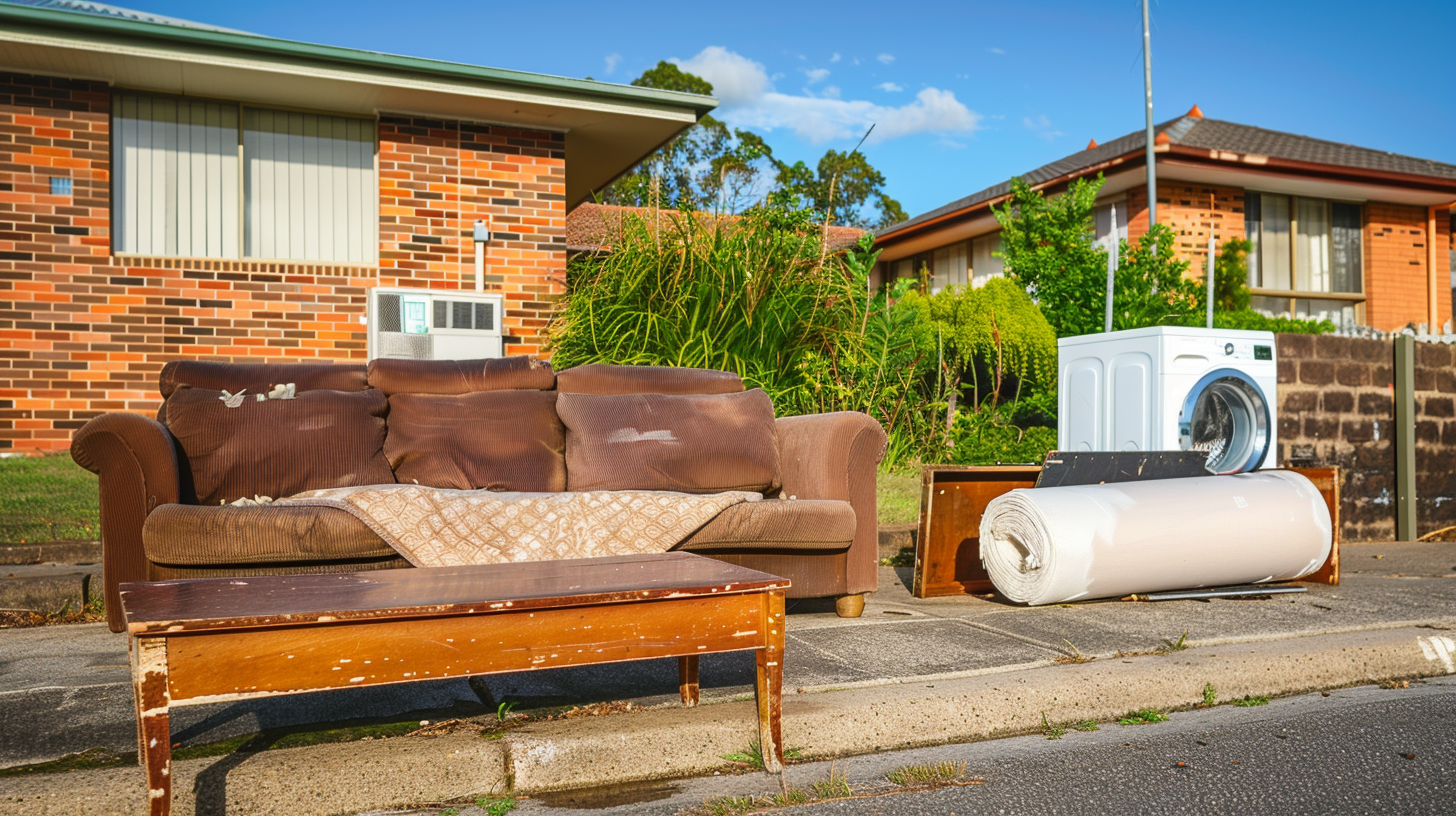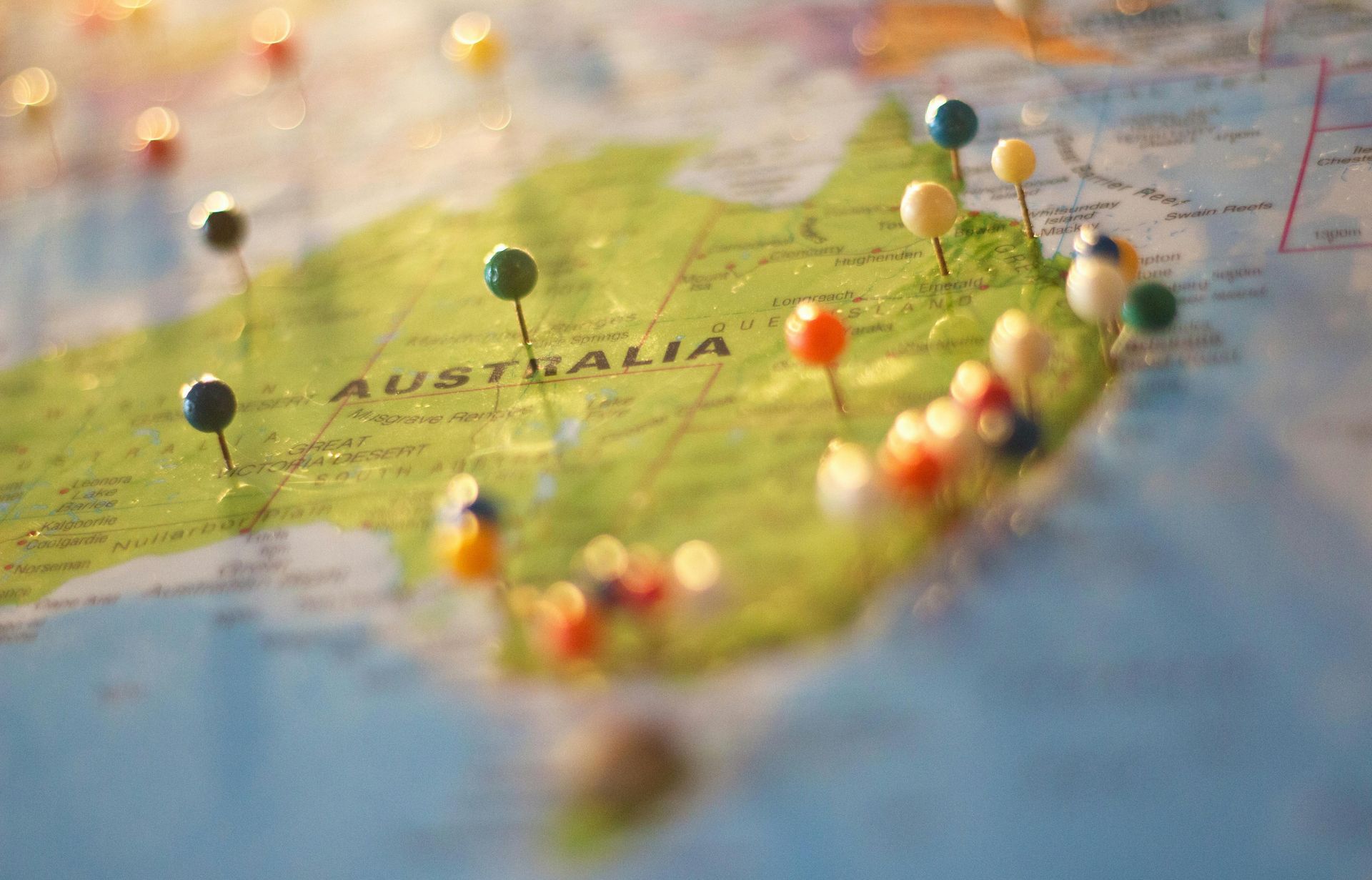Can Polystyrene Be Recycled? The Updated 2024 Guidelines in Australia
Polystyrene, a synthetic aromatic hydrocarbon polymer, is widely used in various forms, including as Expanded Polystyrene (EPS) and High Impact Polystyrene (HIPS). EPS is known for its lightweight, rigid, and insulating properties, making it a popular choice for packaging, insulation, and disposable food containers. HIPS, on the other hand, is tougher and used for products requiring more durability, such as toys and appliance casings. Despite its versatility, polystyrene poses significant environmental challenges due to its slow degradation rate and the difficulty associated with recycling it.

Challenges in Recycling Polystyrene
Recycling polystyrene presents several challenges, primarily due to its lightweight nature and the fact that it is composed mostly of air. This makes collection and transportation inefficient and costly. Additionally, polystyrene can easily become contaminated with food or other waste, complicating the recycling process. When polystyrene ends up in landfills, it occupies considerable space and can take hundreds of years to decompose. Moreover, polystyrene can break into small particles, posing a significant risk to wildlife and contributing to pollution in oceans and waterways.
Advances in Polystyrene Recycling Technology
In recent years, there have been significant technological advancements aimed at improving polystyrene recycling. Innovative methods, such as thermal compaction and dissolution recycling, have emerged. Thermal compaction involves compressing polystyrene into dense blocks, making it more economical to transport and process. Dissolution recycling, on the other hand, uses solvents to dissolve polystyrene, allowing for the recovery and reuse of the polymer. These advancements not only enhance the efficiency of recycling processes but also open up new possibilities for reusing polystyrene in the production of new products, such as outdoor furniture, decking, and picture frames.
Polystyrene Recycling Programs in Australia
Australia has made notable strides in polystyrene recycling through various national and local initiatives. The country's policies and regulations have increasingly emphasised waste management and recycling, prompting local governments to establish dedicated recycling points for polystyrene. Community-led programs have also played a crucial role in promoting polystyrene recycling, with many neighbourhoods setting up collection points and organising recycling drives. These efforts are supported by national industry groups like Expanded Polystyrene Australia, which provides resources and information on recycling facilities across the country.
How to Recycle Polystyrene in Australia
Recycling polystyrene in Australia involves identifying recyclable polystyrene products and utilising designated drop-off points and facilities. Products such as moulded packaging foam, fruit and vegetable boxes, and packaging peanuts can often be recycled. Households and businesses should locate the nearest recycling points, which are typically managed by local councils or specific recycling organisations. It is crucial to ensure that polystyrene is clean and free from contaminants before dropping it off. For businesses dealing with large quantities of polystyrene, commercial recycling services offer tailored solutions for efficient disposal and recycling.
The Role of Businesses in Polystyrene Recycling
Businesses have a significant role to play in promoting polystyrene recycling and sustainability. By implementing responsible waste management practices, companies can reduce their environmental impact and contribute to a circular economy. Successful business recycling programs often include initiatives such as using recycled materials, reducing packaging waste, and educating employees about sustainable practices. Companies like The Central Coast Rubbish Removal Group are leading by example, providing comprehensive recycling services and supporting local efforts to manage waste effectively.
Conclusion
Polystyrene recycling remains a complex challenge, but advancements in technology and proactive efforts by communities and businesses in Australia are making a positive impact. By understanding the intricacies of polystyrene and taking advantage of available recycling programs, Australians can contribute to a more sustainable future. Continued innovation and collaboration will be essential in addressing the environmental impact of polystyrene and promoting more effective recycling practices.
FAQs
- What types of Polystyrene can be recycled? EPS used in packaging and HIPS in durable goods are recyclable, provided they are clean and free from contaminants.
- Where can I recycle Polystyrene in my area? Local councils and recycling organisations often have designated drop-off points. Check online resources like Recycling Near You for specific locations.
- What happens to Polystyrene after it’s recycled? Recycled polystyrene is melted down and repurposed into new products such as outdoor furniture, decking, and picture frames.


| Powered by Manken Digital

